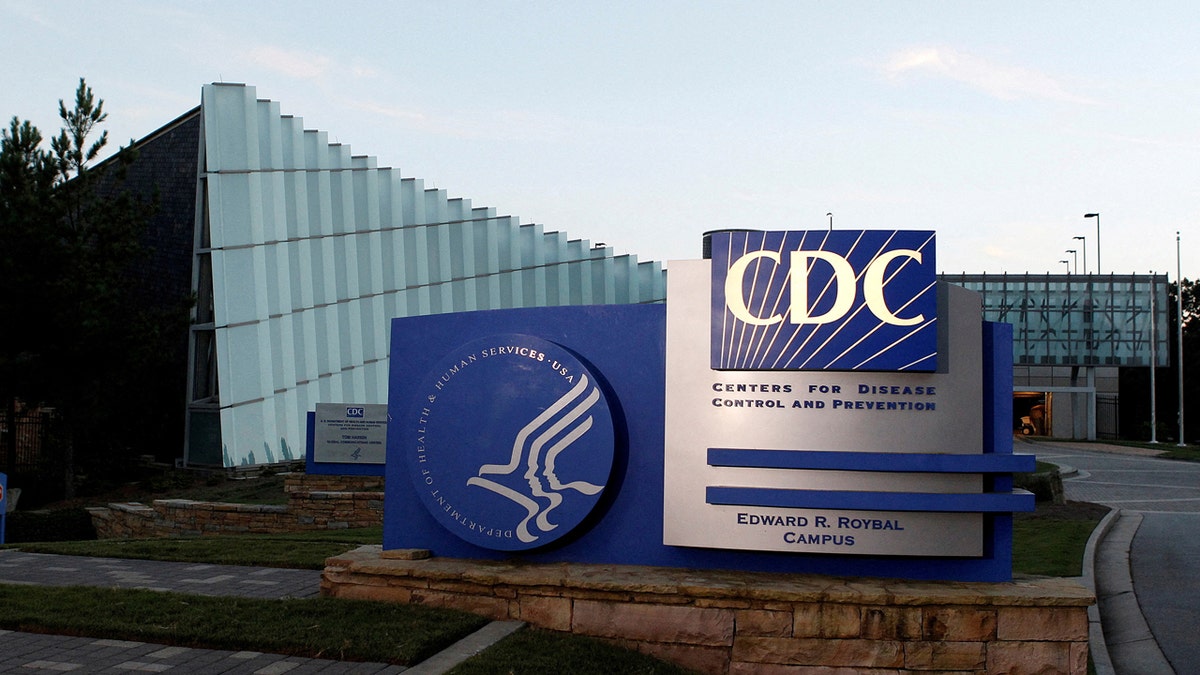Yommie
SpeedLimited
- Oct 2, 2013
- 64,173
- 37,188
- Country of Origin

- Country of Residence

- Thread starter
- #256
:max_bytes(150000):strip_icc():focal(680x157:682x159)/colorado-teen-long-covid-021424-1-cb0d1ee0a55341e0a65ff21ebfc93e91.jpg)
Colorado Teen Has Had Long Covid for 4 Years, Celebrated Prom in Hospital: 'The Virus Just Began to Take Over' (Exclusive)
Lilly Downs, 19, has been documenting her struggle with Long Covid on TikTok, sharing how "my immune system...will just give up"
Colorado Teen Has Had Long Covid for 4 Years, Celebrated Prom in Hospital: 'The Virus Just Began to Take Over' (Exclusive)
TikToker Lilly Downs, 19, has been living with Long Covid for 4 years and says when illness strikes, "my immune system...will just give up"By
Cara Lynn Shultz
Cara Lynn Shultz is a writer-reporter at PEOPLE. Her work has previously appeared in Billboard, Forbes, and Reader's Digest.
PEOPLE EDITORIAL GUIDELINES
Published on February 16, 2024 10:29AM EST
:max_bytes(150000):strip_icc():focal(680x157:682x159):format(webp)/colorado-teen-long-covid-021424-1-cb0d1ee0a55341e0a65ff21ebfc93e91.jpg)
Lilly Downs. PHOTO:
COURTESY LILLY DOWNS
Lilly Downs was playing soccer competitively every day and taking honors classes in her Golden, Colo., hometown, living what she called the “typical life of a junior in high school.”
And then the Covid pandemic hit in March 2020.
At the time, it was widely believed that young people didn’t suffer severe symptoms from the respiratory illness. And that was Downs' experience when she first caught the virus in November.
“I woke up to get ready for school and I was about to leave and I was just like, ‘I cannot do this. I need to go back to bed,’” she tells PEOPLE exclusively of her “bad fatigue." Later when she woke up, she had all the “classic Covid symptoms,” like fever and chills.
But 9 days later, Downs ended up in the hospital with respiratory symptoms — and then developed “painful” lesions all over her skin.
“They were throwing max doses of steroids at me, which we think ended up making things much worse because that suppresses your immune system,” Downs, who spent two months in the hospital that first time, tells PEOPLE. “The virus just began to take over.”
Two months after she was sent home, Downs ended up back in the hospital with lesions in her stomach — and another case of Covid. It was then that she was officially diagnosed with Long Covid.
But as Downs, now 19, tells PEOPLE, “it all just kind of snowballed over the course of that year.”
“We would try to fix one problem and then another problem would come up because we fixed the first problem. It was just a game of Whack-a-Mole.”
As she explains, “We could fix one thing and then it would cause another.”
For example, she was prescribed antibiotics, which prompted her to develop C.Diff., a condition that can occur after taking antibiotics that causes diarrhea and colon inflammation, according to the CDC.
:max_bytes(150000):strip_icc():focal(561x0:563x2):format(webp)/colorado-teen-long-covid-021424-3-9ae9d2a9c94d4d4f8de63f5704c7336e.jpg)
Lilly Downs.
COURTESY LILLY DOWNS
Children May Be More at Risk of Developing Diabetes Following COVID-19, According to CDC Report
Next she developed gastroparesis — meaning, her stomach stopped digesting food — so Downs needed surgery to have a feeding tube placed. In fact, she ended up needing two surgeries, as she had complications with the first tube.
“My intestines were just not keeping it down and it was flipping back up into my stomach,” she tells PEOPLE. “I had developed a syndrome that causes an obstruction in your intestines called SMAS," which causes bowel obstruction, according to the National Institute of Health.
Covid also triggered the autoimmune disorders Small Fiber Neuropathy, which causes burning pain, says the National Institute of Health, and Ankylosing spondylitis, which the Cleveland Clinic explains “is a type of arthritis that affects the joints in your spine, causing typical arthritis symptoms like pain and stiffness, but also digestive symptoms, rashes and weight loss."
:max_bytes(150000):strip_icc():focal(825x0:827x2):format(webp)/long-covid-teen-021524-bf7d4990f44844eea564563de0245de6.jpg)
Lilly Downs with Dr. Teodore Stathos.
COURTESY LILLY DOWNS
PEOPLE spoke with one of the doctors who treated Downs. As Dr. Theodore Stathos, the former director at Rocky Mountain Pediatric Gastroenterology, tells PEOPLE, “Lilly's case, the autoimmune portion, really became extremely difficult because she couldn't fight off infections that were very typical. Things that you and I would have no issues with, they would land her in the hospital, land her in the ICU and become a life-threatening event.”
That’s what happened during her senior year of high school, when she found herself in the ICU with a sepsis infection — on the day of her prom.
“One of my favorite doctors was like, 'We're gonna get you to prom. I will literally be your escort there and sit in the back of the room,'” Downs tells PEOPLE.
But she was too sick to attend — so the hospital threw Downs her own prom.
“I got to get dressed up in my dress and my hair and all my nurses were so excited,” she says.
:max_bytes(150000):strip_icc():focal(561x0:563x2):format(webp)/colorado-teen-long-covid-021424-4-16679b9a1c6f4d4281d91086f12df4c5.jpg)
Lilly Downs celebrated her prom in the hospital.
COURTESY LILLY DOWNS
But the recovery afterwards, she tells PEOPLE, was a rough road, as her infection left her so weak that, “I pretty much had to relearn how to walk afterwards.”
“That's when my goal really set in of, ‘I need to physically walk at graduation.’”
Somehow Downs made it, and she tells PEOPLE that even though she had to sit up front near the stage since she couldn’t walk very far, “I very proud of myself and relieved that I had made it to that point.”
But her struggle is far from over, as Downs — who had another case of Covid a few months ago — was hospitalized with a fungal infection in December, triggered by her feeding tube’s nutrition solution.
Bethenny Frankel Details Long COVID and Autoimmune Disorder Journey: 'It Felt Dangerous'
“The infection came on quick and slapped me in the face. because I was very much like, ‘Oh I have my freedom, you know, doing great blah, blah, blah,' and then I was just not,” she tells PEOPLE.
As she explains, “My immune system just kind of like, something will come at it and then it'll just give up and let it run its course, like, as fast as possible.”
She’s been documenting her health journey on TikTok, where she has more than 135,000 followers who watch her day-in-the-life videos.
She’s also educating her followers on what it’s like to manage her health — for example, she maintains an extensive binder full of all her medical information and sticks to a complicated night-time routine of medication.
As the CDC notes, "Living with Long Covid can be hard, especially when there are no immediate answers or solutions" — and adds that they're still working to "better understand" the long-term ramifications of the virus.
But as Dr. Stathos tells PEOPLE, “I think that there's a well above 95 percent, 99 percent chance she would have just lived her life as a normal kid without Covid coming into the picture.”



















